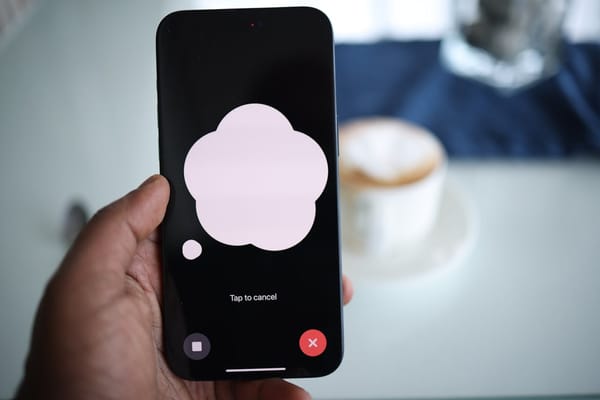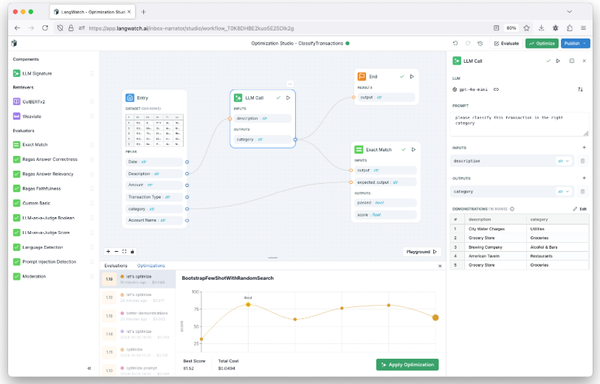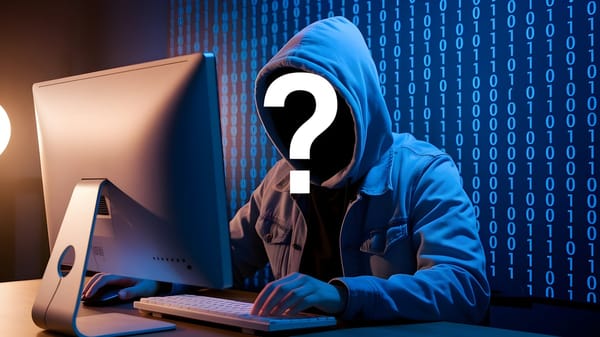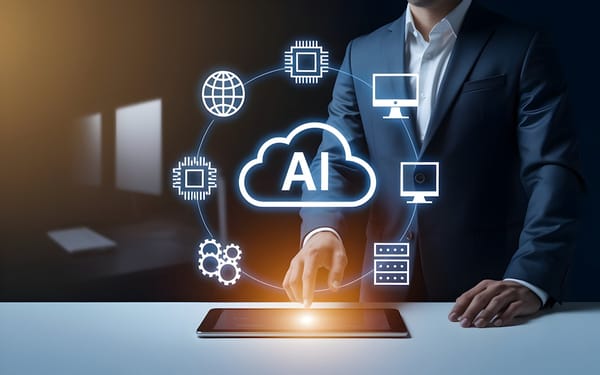8 Great Static Application Security Testing Tools
Testing apps is done in a number of different ways, from deliberately trying to compromise the security of an app to analyze every line of the code for potential vulnerabilities.
Table of Content
No matter how good an app is made and how talented and experienced the team behind it is, you can never render it safe without adequate testing.
Testing apps is done in a number of different ways, from deliberately trying to compromise the security of an app to analyze every line of the code for potential vulnerabilities.
Static Application Security Testing (SAST), or static analysis, is a set of technologies designed to scan and analyze source code to find security vulnerabilities, which helps developers fix security issues.What is Static Application Security Testing?
Static application security testing, also referred to as static analysis, is a way of analyzing the source code of an application to uncover security vulnerabilities that can lead to an attack on the security of the app or even the organization behind the app in the longer run.
However, this technique is not all that is needed to make an application secure. There is a set of problems concerning app security that this can solve.
The Problems Solved by SAST
Since static analysis can be carried out without executing the code, it can be implemented earlier on in the software development lifecycle. This means that any vulnerability in the code can be detected and solved before it can make it into the released version of the app.
Static analysis tools work on a real-time basis and hence give the developers the window to mitigate vulnerabilities before they can pass onto the next stages of the SDLC.
In a world where we even have tools for automated email marketing, the market has no shortage of static analysis tools. As a matter of fact, the sheer amount of these tools makes the selection of one difficult for developers.Here’s a list of the leading commercial and open-source static analysis tools that you can use on your next project.
Commercial Static Analysis Tools
Our picks for the best paid static analysis tools include:
1. Fortify Static Code Analyzer
This static analysis tool might be a bit difficult to integrate into the SDLC, but once set up, it will be liked by the developers and security people alike. It supports IDE, code repositories, builds tools, and bug tracking.
The vulnerability reports generated by this tool are easily understandable and traceable, it supports 25 languages, and makes cleaning false positives easy and convenient.
2. Veracode
This is a complete security testing solution which supports static analysis, dynamic application security testing, software composition analysis, and manual penetration testing.
The best part about this tool is that all the testing reports can be monitored through a unified dashboard of the tool. Veracode is designed specifically for developers, so it comes with an API that helps with customizing the software.
Another cool feature is that the app provides suggestions for fixing the vulnerabilities it detects.
3. Coverity Scan
Coverity Scan is yet another SAST solution and a part of the Synopsys Software Integrity Platform portfolio.
This static analysis tool includes technology from Codiscope, Cigital, and Black Duck Software. It is a complete package that provides dynamic application security testing, static analysis, and interactive application security testing (IAST).
The recent update of Coverity Scan, released by Synopsys this year, includes support for detecting more vulnerabilities than before and works for many programming languages.
For interpretive languages or languages where the code can be modeled accurately without compiling, this tool can work on uncompiled code as well.
4. AppScan
AppScan was recently sold to HCL by IBM. Using this software, your organization can enforce a scalable security testing strategy to find out and fix application vulnerabilities at every stage of the SDLC.
AppScan can be used to test mobile, web, and open-source software components and provides support for multi-user, multi-app deployment at the same time. It offers flexible deployment options with the possibility of cloud, on-premise, and hybrid deployment.
Open-Source Static Analysis Tools
If you want to go with an open-source approach, here are some of the tools that you can use:
1. Redshift Security
Redshift is a developer-first security tool that’s free for open source and paid for private projects. This tool is designed to work with existing developer environments and does not slow down their pipeline.
It works with GitHub, Bitbucket, and GitLab and can be used to sync the projects to run static analysis on all builds.
This tool is extremely helpful for developer teams with little knowledge about security. For all the vulnerabilities it detects, it tells the developers about the real-world impacts, resources, implications, and also suggests remediation for the vulnerabilities.
2. Brakeman
Built with Ruby on Rails framework. It is a free vulnerability scanner. It can be used at any stage of the Software development lifecycle to detect code vulnerabilities in Rails application codes.
Users like this tool for its swift and accurate action and the feature where it tells the user how to fix the issues it has detected.
3. NodeJsScan
NodeJsScan, as the name implies, is made for developer teams working on Node.js. It has a command-line interface, making it easy to integrate into DevSecOps CI/CD environments.
The results are produced in JSON and this tool can work with multiple programming languages like Java, C++, C#, VB, PHP, and PL/SQL.
4. Findbugs
Sponsored by the University of Maryland, this tool is designed to detect bugs in Java codes through static testing.
Findbugs classifies the detected vulnerabilities as concerning, troubling, scary, and scariest. It can find software defects in 15 categories, and a cool feature lets the user only see a subset of the vulnerabilities if they want.
Conclusion
Securing an application is the most important part of the SDLC.
There can be a range of different approaches to secure an application, of which Static Application Security Testing is an extremely effective option.
Static analysis can be implemented from the start of the SDLC and can detect and help you mitigate vulnerabilities at the start, making your application as secure as possible.











